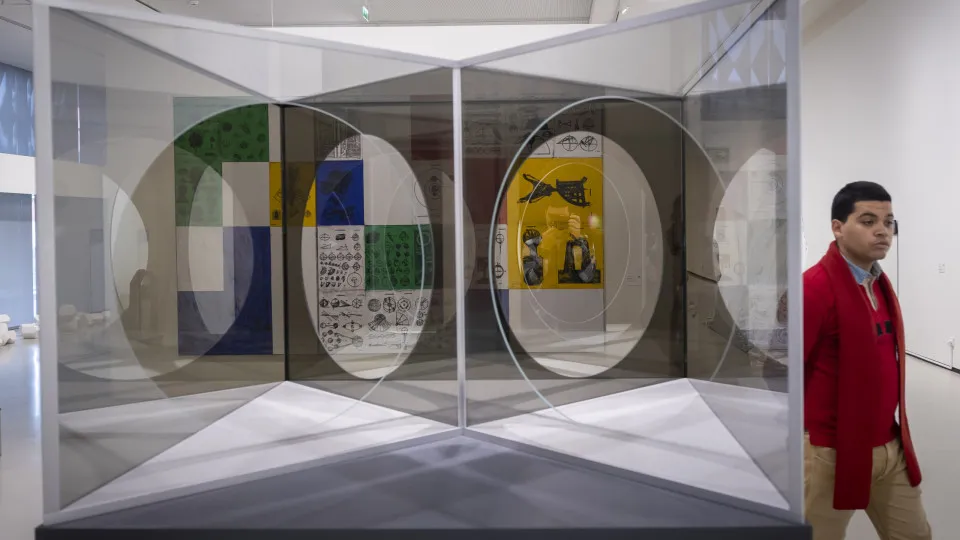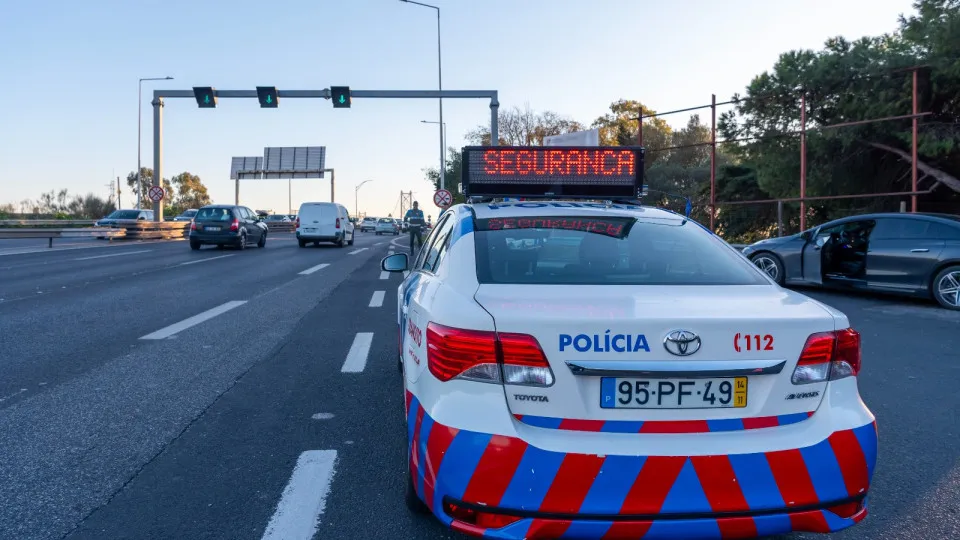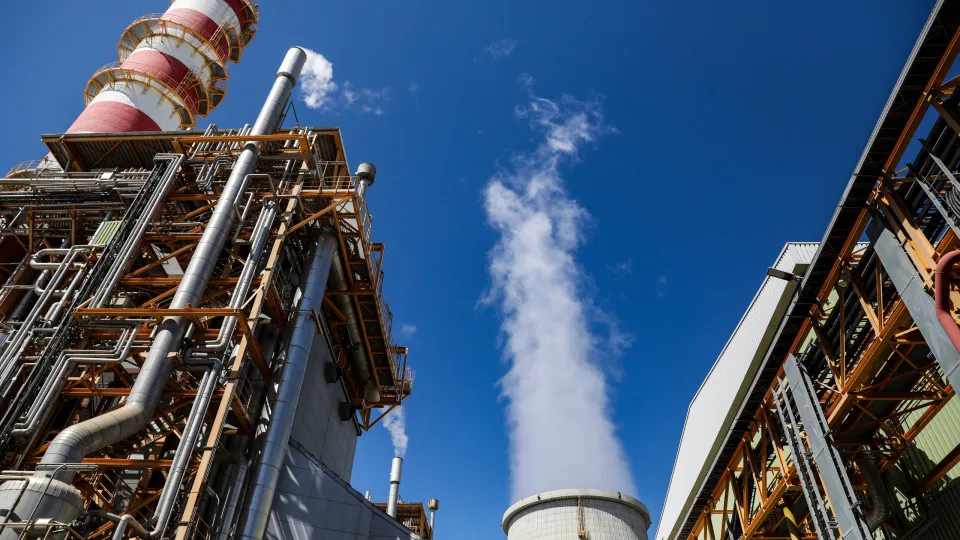
The jury awarded three honorable mentions among 23 applications to the Lousal Mining Museum in Grândola, the Casa do Passal — Museu Aristides de Sousa Mendes in Cabanas de Viriato, Carregal do Sal, and the Church of Nossa Senhora da Lagoa in Monsaraz, Évora district, according to the Calouste Gulbenkian Foundation.
The jury, chaired by António Lamas, selected the winning rehabilitation project, worth 50,000 euros, due to its significance as “one of the most important Lisbon palace buildings from the mid-18th century, a time of great construction dynamism and revaluation of Rua da Junqueira as an axis between the city and the Royal Palace, installed, after the 1755 earthquake, in the Real Barraca da Ajuda.”
“Throughout the 20th century, the vast building was largely occupied by educational institutions, the most enduring of which was the Escola Secundária Rainha Dona Amélia,” notes the Gulbenkian statement citing the jury.
Purchased by Armando Martins in 2006, the palace underwent extensive renovations between 2018 and 2025, including the construction of a new building to house the businessman’s museum and collection.
The architects João Pedras and Hélder da Silva Cordeiro – from Metro Urbe architecture studio – created a “captivating balance between heritage preservation and restoration and the structural, functional, and aesthetic requirements of the new facilities,” according to the jury.
Besides the rehabilitation and expansion of the Palace, the jury also noted the “exceptional quality of the displayed collection” in the museum, the “effectiveness of the museography and expography,” and the “management model adopted, designed to ensure that the museum’s operation is partly supported by hotel revenues.”
In this edition, the jury also selected three projects for honorable mentions: the Lousal Mining Museum in Grândola, Setúbal district; the Casa do Passal — Museu Aristides de Sousa Mendes in Cabanas de Viriato, Carregal do Sal, Viseu district; and the Church of Nossa Senhora da Lagoa in Monsaraz, Reguengos de Monsaraz, Évora district.
The Lousal Mining Museum, housed in the former Central Electric building of the pyrite mines that operated between 1900 and 1988, preserves its original machinery, carefully restored, and an extensive collection of German-made mining models acquired for the Instituto Superior Técnico.
Inaugurated in 2001, the museum underwent a requalification campaign in 2024 that resulted in the modernization of the museography support, enriching and contextualizing the collection and including live testimonies from miners and family members who settled around the mine over the decades, notes Gulbenkian.
The restoration of Casa do Passal — Museu Aristides de Sousa Mendes “has two complementary aspects, with memory recovery playing a decisive role: on one hand, the restoration of the building, based on a thorough study of pre-existing elements, and on the other, the recovery of Aristides de Sousa Mendes’ memory.”
“The dispersion of objects belonging to the family was overcome by using a documentary display that contextualizes the diplomat’s role and his humanitarian actions,” highlighted the award jury.
The Church of Nossa Senhora da Lagoa, classified as a National Monument in 1986, is an example of King João III’s Counter-Reformation architecture.
Located at Largo do Pelourinho in Monsaraz, “today it has an interior that conveys a serene atmosphere of a historical temple that has regained continuity as a living space,” emphasizes the jury of the Gulbenkian Heritage Prize — Maria Tereza and Vasco Vilalva.
“In parallel with the building’s rehabilitation, there was a comprehensive and meticulous restoration of carvings, altarpieces, and altars, and an expressive lighting intervention, an exemplary work by architects, restorers, archaeologists, lighting technicians, and builders, as well as interaction with authorities, ecclesiastical entities, and the local population,” adds the jury about this project.
Created in 2007 in tribute to Vasco Vilalva, the Prize aims to acknowledge exemplary interventions in cultural properties that encourage the preservation and recovery of heritage.




